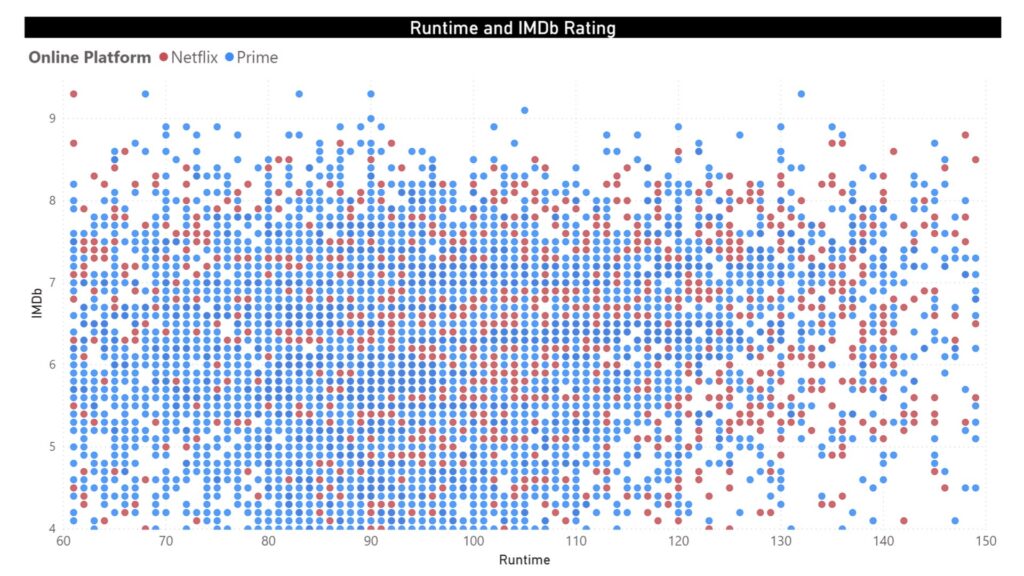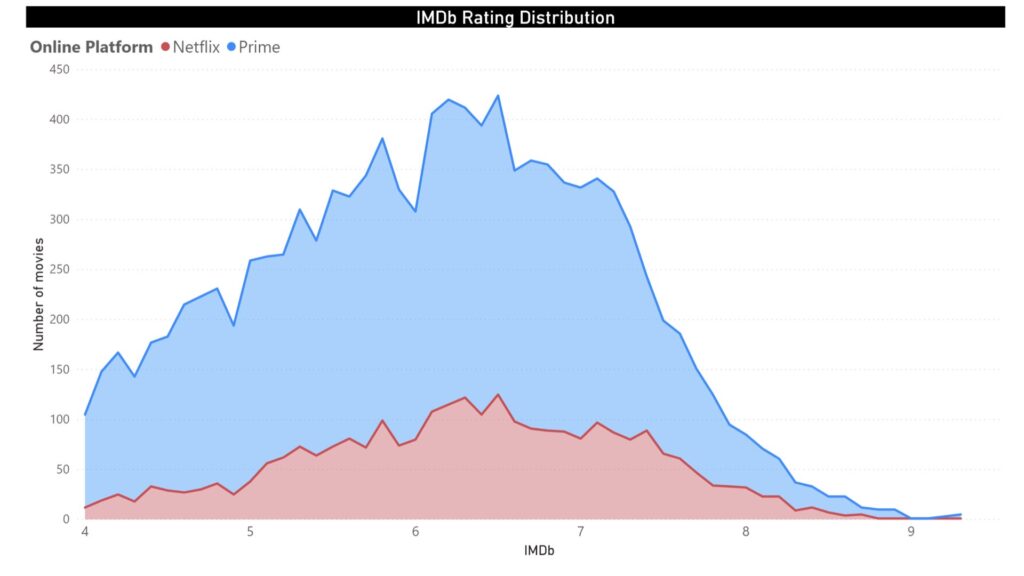This week’s curiosity box explores the movies, the northern lights, and milk. In this blog, you will explore the following
1 – Is there an easy way to choose a good movie to watch in Netflix?
2 – Why do you not get an extra – extra – hot coffee from a café?
3 – Do the northern lights appear only in the north?
Choosing a movie in Netflix
Day by day, it is getting harder to choose a “good” movie or series I would like from Netflix or Prime. Surely there must be something that would be fitting from the pool of 12,000 movies in Prime and 3,700 in Netflix. But unfortunately, the plethora of options does not ease the process of choosing.
Like books, I analysed a dataset to check if I can choose a smart way of selecting movies to watch. For the purpose of this curiosity box, I made an assumption made that a movie with a high rating is good. However, you and I know that we must not judge a movie by its rating.
I narrowed down my search to movies with a run time of 60 to 150 minutes and a rating of above 5.5
From this chart, it is evident that you can find movies spread across the whole spectrum of rating. From the area plots, the distribution of movies is even for Netflix, and in the case of Prime, you are more likely to choose a movie with a bad rating. However, from the box and whisker plot further corroborates the hypothesis that you are more likely to choose a higher rated movie in Netflix than Prime.

Despite having built the massive content base in a specific manner, Netflix cannot list all movies in one go. So, Netflix has to resort to coming up with recommendations we might like, and it has only 90 seconds to convince someone to watch something. Otherwise, they run the risk of losing the viewer to another streaming service.
Year after year, engineers at Netflix attempt to solve the grand challenge of how to recommend the right movies. They have developed a recommendation algorithm that teaches itself what movies you might like based on collaborative filtering methods.
At the end of the day, it is a piece of computer code that relies on mathematical logic for giving the recommendation. So, the proper way to choose a good movie is to periodically spend some time teaching the algorithm.
Also use these list of codes – and expands the genres you might want to pick movies from.
2 – Don’t go for an extra-extra-hot coffee
Blending beans for a delightful taste profile, grinding them to the appropriate coarseness, and brewing the ground beans forms only the first half of the story. The second half for a perfect coffee story lies in how you steam the milk. Even the best baristas rely on a thermometer to make sure they do not overheat the milk.
Science-backed recommended temperature to which the milk must be heated is 65-degree celcius.
The reason why baristas don’t go beyond the 70-degree mark is because of the Maillard Reaction. The Maillard Reaction is an irreversible chemical reaction that is responsible for our food to go brown when we heat them. The sort of change that occurs when you sear stakes, bake bread, or fry your favourite veggies.
The same process occurs when you steam milk as well. As you heat milk, firstly, the protein compounds begin to unravel and cause the milk to denature. Secondly, the fat in the milk starts to destabilise the foam that formed as a result of the steaming process. And if you continue to heat the milk further and cross the 70-degree mark, the two compounds – protein and fat – begin to react with each other, and the sugars in the milk go brown.
Adding overheated milk to coffee increases the bitterness of the drink. It does not do true justice to the true flavour of the coffee beans.
The same ethos applies to other food as well. Research has shown that the flavour profile of our food is at its peak at 60 degree celcius.
3 – Do the northern lights appear only in the north?
The aurora borealis is known for its awe and wonder that it can instil. The phenomenon occurs near the poles because of the interaction between the solar winds and the magnetosphere. As the solar wind blows from the sun, the positively charged protons react with the Earth’s magnetic field and enter the atmosphere. As a result, the electrons in the atmosphere get charge and emit light while returning back to a state of normalcy.
Although the phenomenon occurs in the north and the south, the northern lights gained widespread popularity as opposed to the southern lights. So, the southern equivalent to the northern lights is called the aurora australis. The reasons for the difference between the northern and southern lights is because the solar wind can interact with the magnetosphere at an angle. Also, the Earth’s tilt causes the asymmetrical occurrence of the aurora.


Hmmm…still dont know the knack of choosing a good movie….
Coffee was interesting…made me want to have….